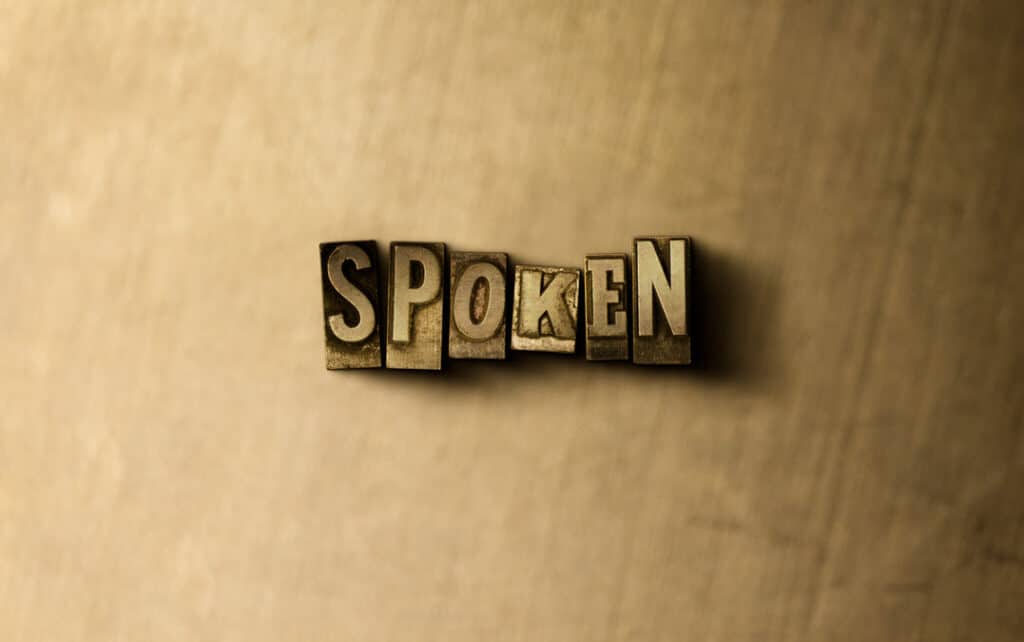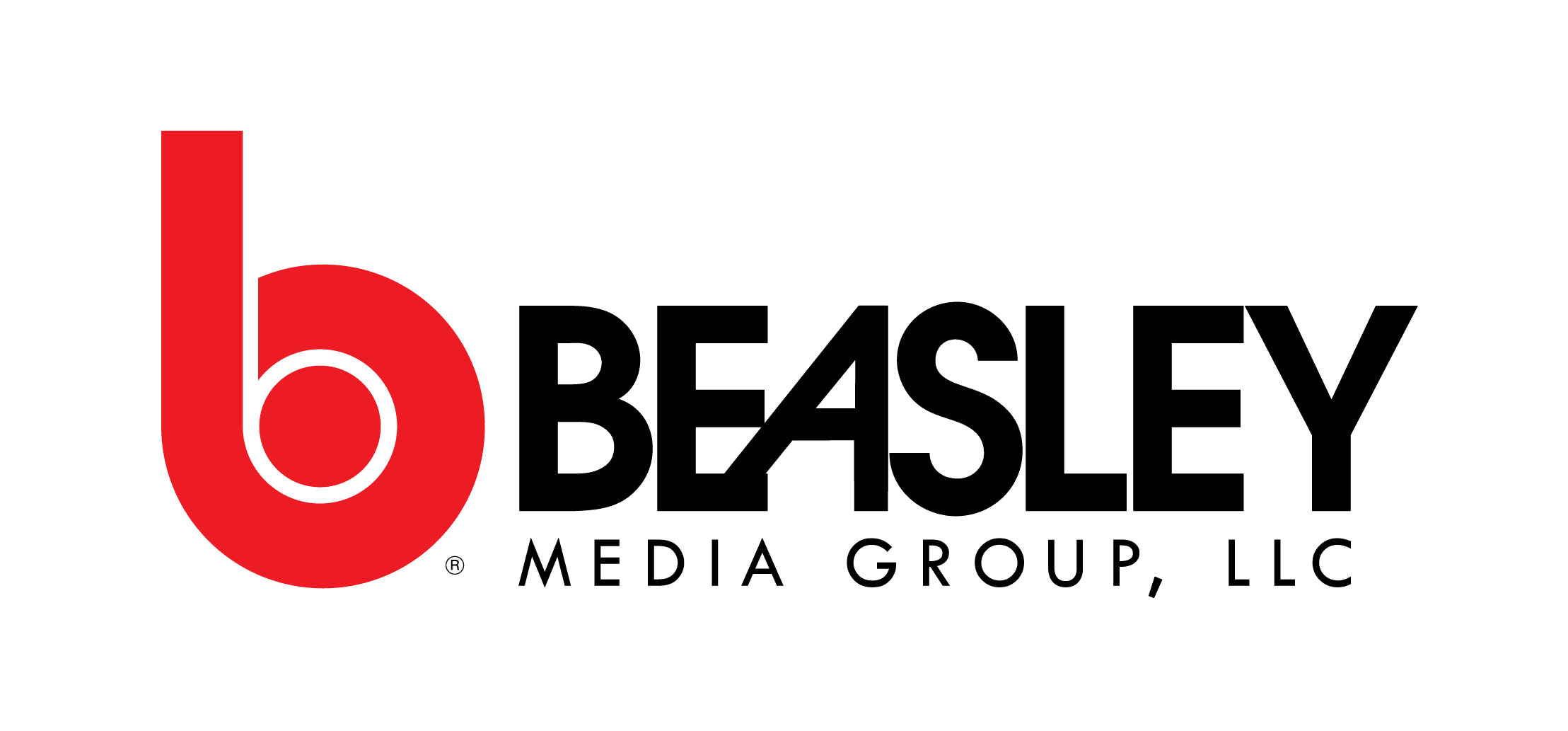(By Bob McCurdy) It’s the spoken word, not love that makes the world go round, as we largely communicate in words and not expressions of deep affection, and certainly not pictures. Flash cards are rarely used to order a hamburger. And don’t believe that children’s rhyme baloney about “sticks and stones.” The spoken word can hurt, can start and end wars, end relationships, get one fired and hired, inspire, motivate, and modify behavior. So why isn’t it given more respect as an advertising vehicle? After all, how much “video” is really needed to communicate the reasons to buy one box of detergent over another or to remind someone to stop somewhere for a sandwich? Seriously.
Does someone need to be in our field of vision for us to react to what they’re saying? Is what we hear any less impactful if it is communicated over the phone, over a loudspeaker, around a corner, or from another room? The answer is obviously, no.
Word-of-mouth, words that come out of our mouths unaccompanied by any video, aka the spoken word, is generally thought throughout the ad world to be the most effective form of advertising in existence. The challenge with word-of-mouth has been and remains its lack of scale, although social media has provided some the past few years.
Having a trusted source speak about the benefits of a product or service is pure marketing gold. We are awash today in numbers. Data and digits are everywhere (which is good as it elevates accountability), algorithms are on the rise, but even in this digitized world of 2018 it’s still word-of-mouth, and not any algorithm or data set that sits at the top of the media-effectiveness pyramid.
What often goes under-appreciated by those in charge of the media selection process is that what enters our ears commands our attention and impacts our behavior. Do we need:
- To see the police officer who is commanding us to stop, to stop?
- To see the person exhorting us to duck, to duck?
- To see the person on the other end of the phone to act upon what they are saying?
- To see an ad spokesperson touting a sale to take advantage of the offer?
- To see the Gecko to be reminded that we can save 15%?
- To see the snake, or is its rattle sufficient to get us to stop in our tracks?
- To see the person yelling “fire” to begin heading for the exit?
- To see the trusted radio personality endorsing a product to get us to take action?
You get the “picture” in that we don’t always need a “picture” to effectively communicate and prompt action. In fact, there are times when a picture, video, or special effects can actually detract and distract.
Radio advertising, regardless of format, is all about the spoken word. Now factor in some “trust” and we’ve got something unique to radio when a radio personality does the “speaking.” When you think about it, word-of-mouth, the king of all media, is simply a human voice “fortified” by some trust. Sure sounds like radio to me.
Maybe moving forward, particularly when a personality endorsement is involved, radio should be thought of as word-of-mouth on a grand scale, taking its rightful place at the top of the media-effectiveness pyramid.
In the end, the media channel that was named by Popular Mechanics magazine as the second greatest “gadget” of all time behind the smartphone (television was #3), which relies solely on the spoken word, just might be the most efficient and effective way to communicate a marketing message or complement an existing ad campaign.
Bob McCurdy is Vice President of Sales for the Beasley Media Group.
This article was previously featured in Radio Ink


